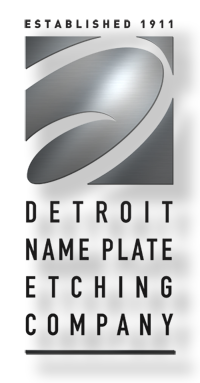To the untrained eye, steel is steel. All steel is iron tempered with other elements. However, stainless steel is different than traditional, or structural steel. From materials used to create the alloy to hardness to cost, there are several key differences between stainless steel vs structural steel.
Materials
What are both kinds of steel made of – and what are they used for as materials themselves? Both structural steel and stainless steel are made of different elements. Although the foundation is the same – iron – traditional steel is combined with carbon. According to PEDIAA, the amount of carbon added to traditional steel is less than 1.5%. Stainless steel is often combined with chromium, sometimes nickel, and also titanium for surgical grade steel.
And since steel itself is a material, it’s used to build things. Traditional steel makes up beams for high rises and other structures. Stainless steel is used for cutlery, medical materials, and of course, it can be used for DNPE’s name, data, and logo plates.
Strength & Hardness
While both structural and stainless steel are made to be strong, structural steel is hardier due to the higher iron content. They’re both high scorers on the MOH’s rock and metal hardness scale. However, stainless steel is slightly weaker and more malleable when it’s at room temperature.
Ductility
What’s ductility? Per ScienceDirect.com, it’s “the ability of a material to be drawn or plastically deformed without fracture. It is therefore an indication of how ‘soft’ or malleable the material is. The ductility of steels varies depending on the types and levels of alloying elements present.” It’s different from hardness; hardness refers to whether the surface of the metal can be punctured or scratched. Ductility is more about bendability, and here, stainless steel often wins thanks to the addition of nickel, which is a very ductile metal.
Cost
Since stainless steel often contains more costly alloy materials, and is more involved to produce. Therefore, stainless steel can have a higher price tag. However, like with anything, you get what you pay for. Traditional carbon steel rusts easily, so the investment into stainless steel, especially for a moist, rust-prone environment, is worth the investment and essential for safety and cleanliness in some environments.
Magnetism
Did you know that stainless steel usually can’t be picked up or repelled by a magnet? Some grades of stainless steel can, but due to the high nickel content of some stainless-steel grades, not all of them can be picked up by a magnet.
Temperature
Both structural and stainless steel have different melting points. Stainless steel’s melting point tends to be lower than structural steel’s according to Industrial Metal Supply, but they overlap.
Final note
This isn’t an exhaustive list of differences between stainless and structural steel. And to complicate matters, structural stainless steel exists – it’s often used on bridges, building fronts, and open beams since carbon structural steel rusts in moist conditions. However, we use stainless steel because we pride ourselves on using non-corrosive materials for a variety of workspaces and conditions.
Want to get started on a stainless-steel plate? Contact us today and we’ll be happy to begin the process.
